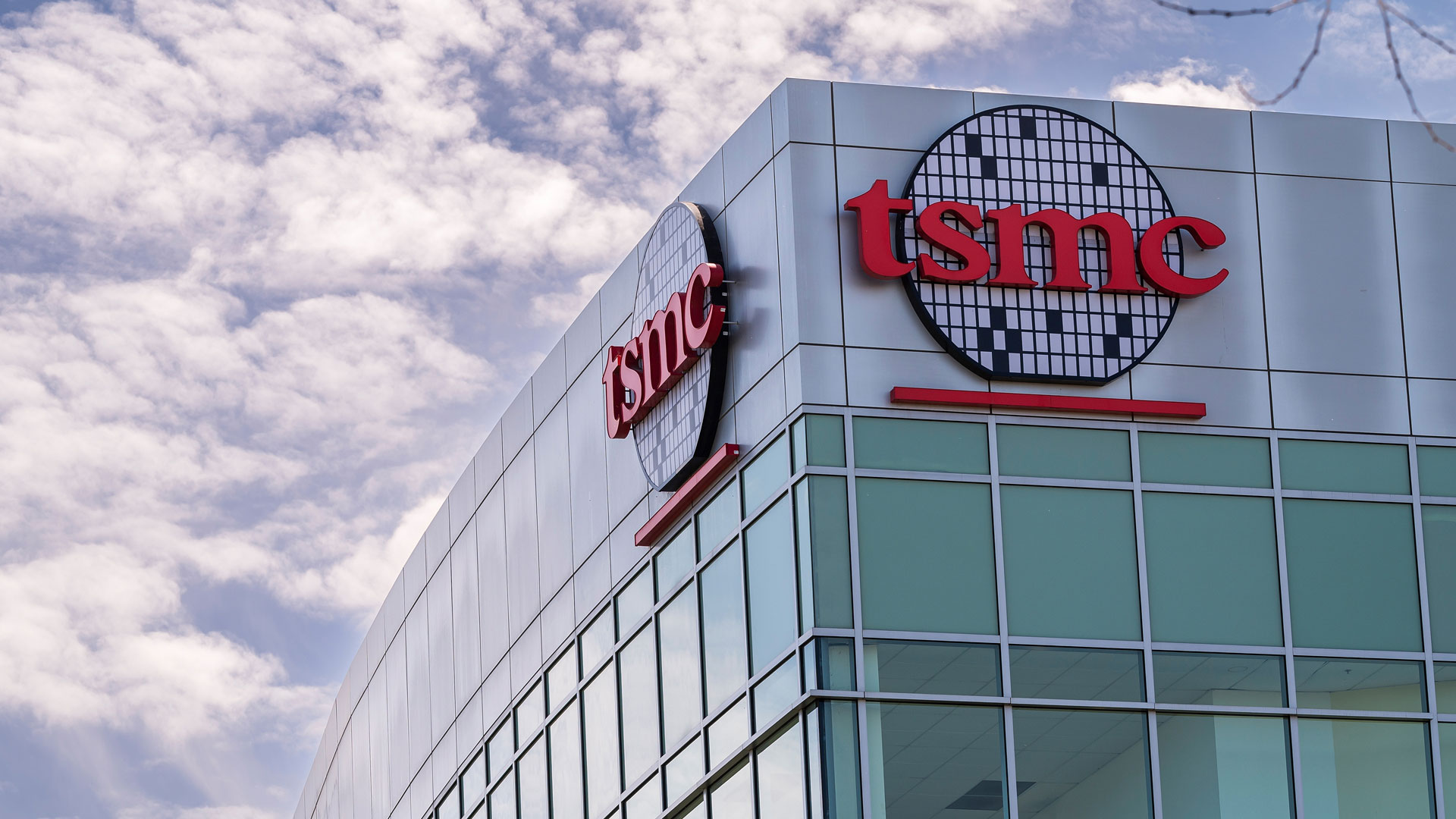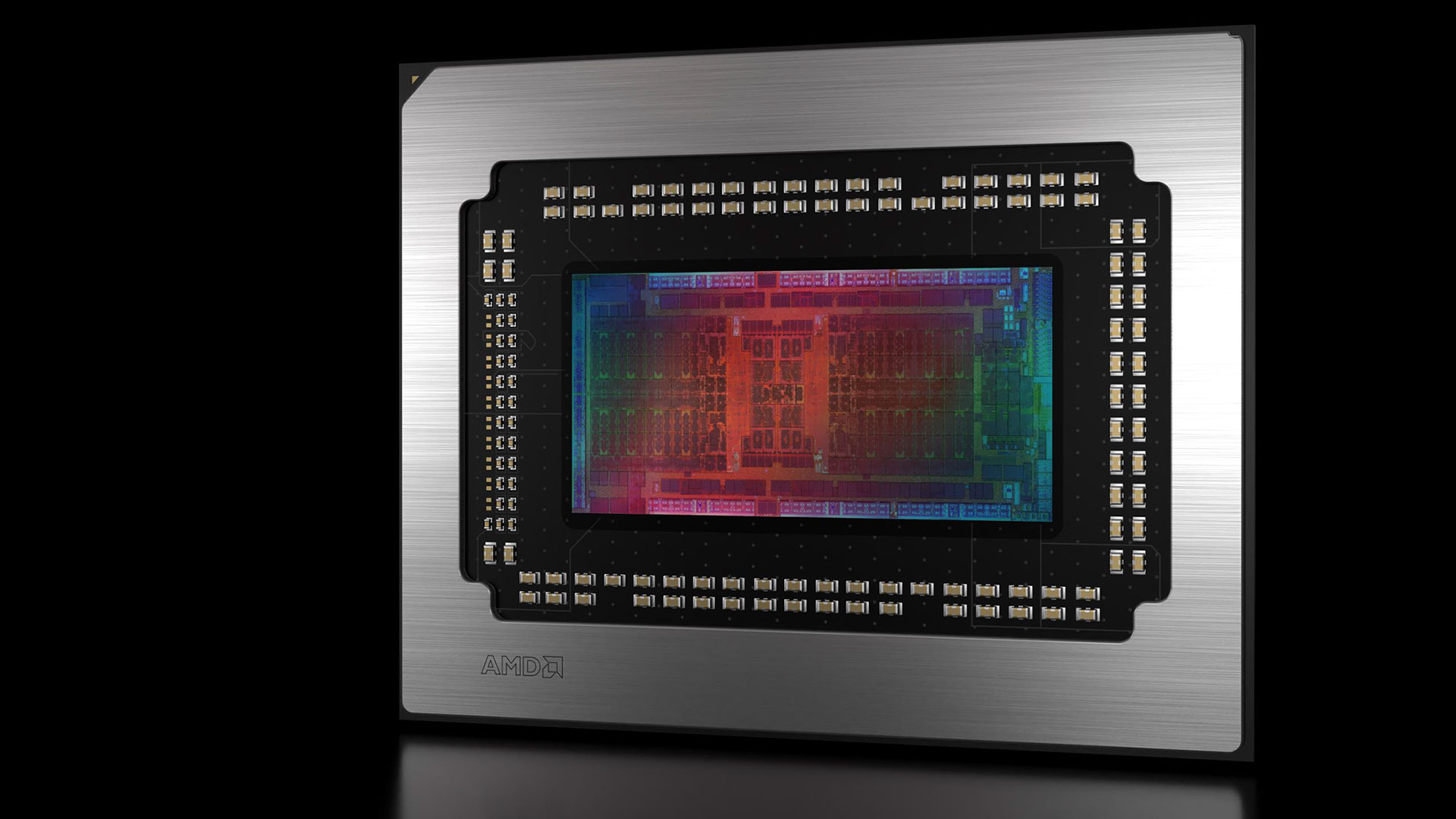ASRock's E350M1: AMD's Brazos Platform Hits The Desktop First
We had the opportunity to preview the Zacate APU late last year at AMD’s headquarters in Austin, Texas. Now we have the first retail motherboard based on the Brazos platform in ASRock’s E350M1. Today we’re asking: what can the Fusion initiative really do?
ASRock E350M1: Enter Brazos
ASRock’s E350M1—its first Brazos platform—looks a lot like the first Intel Atom-based motherboard I ever picked up, but more modern. It has one passive heatsink and one lower-profile heatsink cooled by a fan. In the early Atom days, that active sink would have covered the chipset. Here, it sits atop the 18 W Zacate APU, while the FCH gets away with passive cooling.

Right above the processor and chipset are two DDR3 memory slots. The E350M1 will take up to 16 GB of memory, but remember that both slots feed a single 64-bit channel. At 1066 MT/s, you’re looking at up to 8.53 GB/s maximum, regardless of whether you drop in one module or two.
The Mini-ITX board boasts a single PCI Express x16 slot for upgrades. Don’t expect miracles from it—there are only four second-gen lanes coming from Zacate, feeding that slot. Then again, you probably wouldn’t want to buy anything beyond a mid-range discrete card, given the probability of a processor bottleneck.

Four internal SATA 6Gb/s ports and one back-panel eSATA connector take advantage of most of Hudson’s storage connectivity. The I/O panel also plays host to six USB 2.0 ports (another four are accessible through onboard headers). Gigabit Ethernet is enabled through a Realtek RTL8111E controller tied in to one of the FCH’s four PCIe links. And the integrated graphics engine drives two display outputs simultaneously, letting you pick between VGA, single-link DVI, and HDMI. Anyone not getting audio output over HDMI can tap into analog 7.1-channel output or digital output via TOSLINK.

Like its latest P67-based platforms, ASRock arms the E350M1 with a UEFI. The setup looks identical to what Thomas covered in his recent P67 Motherboard Roundup, with settings naturally altered to match the Brazos platform’s unique capabilities.
Stay On the Cutting Edge: Get the Tom's Hardware Newsletter
Get Tom's Hardware's best news and in-depth reviews, straight to your inbox.
Current page: ASRock E350M1: Enter Brazos
Prev Page Who Are You, Anyway? Next Page The First Inklings Of Fusion: On-Die Video Decoding Via UVD3-
iam2thecrowe now they need some devs to take advantage of that apu to see its full potential as a processor.Reply -
Reynod This is an awesome processor ...Reply
Chris ... did you manage to overclock it at all?
Give it your best shot ... call crashman in with the liquid nitrogen if you need to mate !!
Really impressive stats for such a small piece of silicon. -
dogman_1234 So the Brazo is great for media and hard processing I assume. If someone came to me and asked for a good platrom to watch Blu-Ray...I would say get the Brazo APU for them, right?Reply -
sparky2010 Nice, things are starting to look good for AMD, and i hope it stays that way as they start unveiling their mainstream and highend processors, because i'm really fed up with intel dictating crazy prices.....Reply -
cangelini reynodThis is an awesome processor ... Chris ... did you manage to overclock it at all?Give it your best shot ... call crashman in with the liquid nitrogen if you need to mate !!Really impressive stats for such a small piece of silicon.Reply
Didn't get a chance to mess with overclocking. If this is something you guys want to see, I might try to push it a little harder over the weekend. -
joytech22 cangeliniDidn't get a chance to mess with overclocking. If this is something you guys want to see, I might try to push it a little harder over the weekend.Reply
Yeah that would be much appreciated, these little chips are so much faster than Atom, let's see if you can get them to perform similarly to a Dual-Core CPU at 1.8GHz -
cangelini Alright, I'll see what I can do. A shiny new video card landed this afternoon, so that's going to monopolize the bench for much of the weekend ;)Reply -
dEAne Yes integration is the key to higher performance, lower power consumption and lower price (affordability this is what people really wanted).Reply -
haplo602 can you also run gaming benchmarks with a 5670 or similar plugged into the PCIe slot ? Just to have a look how the limited memory interface will bottleneck ...Reply
also what happens with the intgrated graphics core when you plug in a discreet GPU ? you gave so much detail about this in the sandy bridge review but totaly skip it for Fusion ...
the board got me interested. I am trying to buy a small "workstation terminal" ... something to code OpenGL/OpenCL on a budget. Seems this is what I am looking for.













